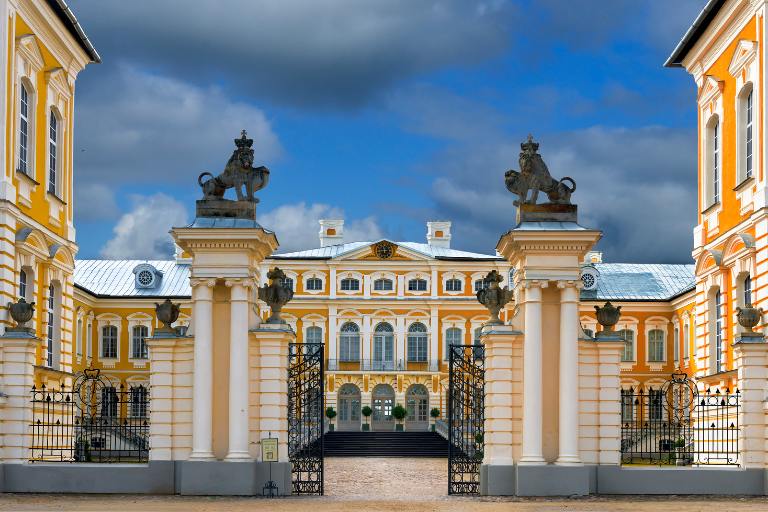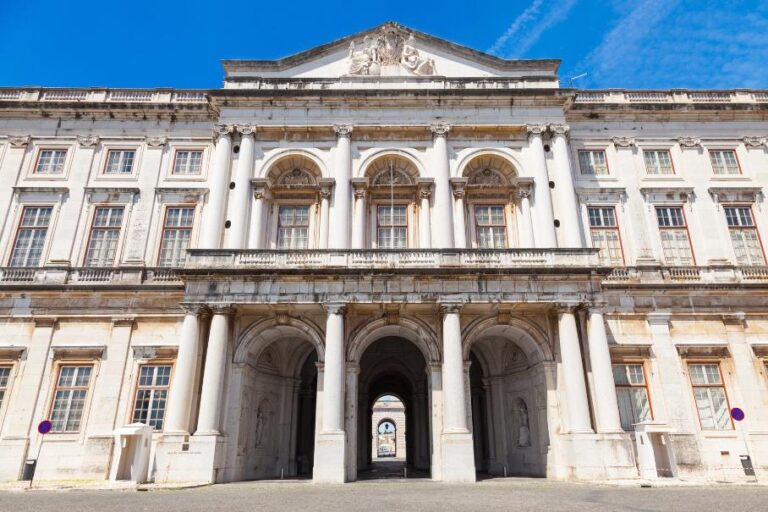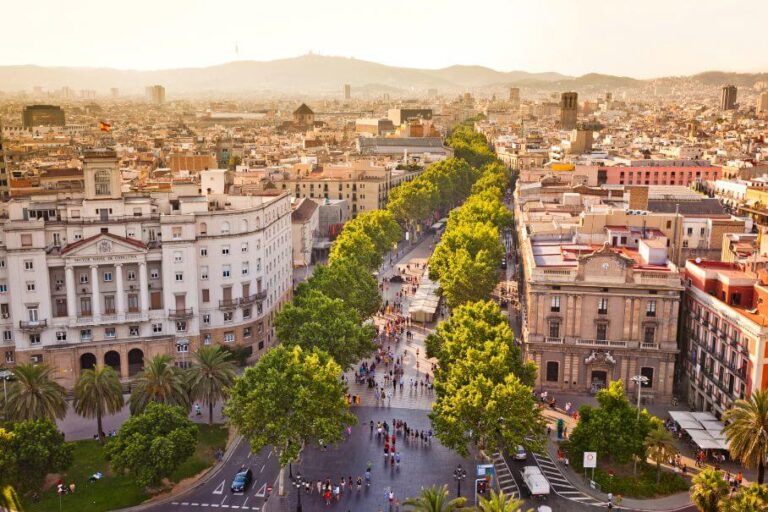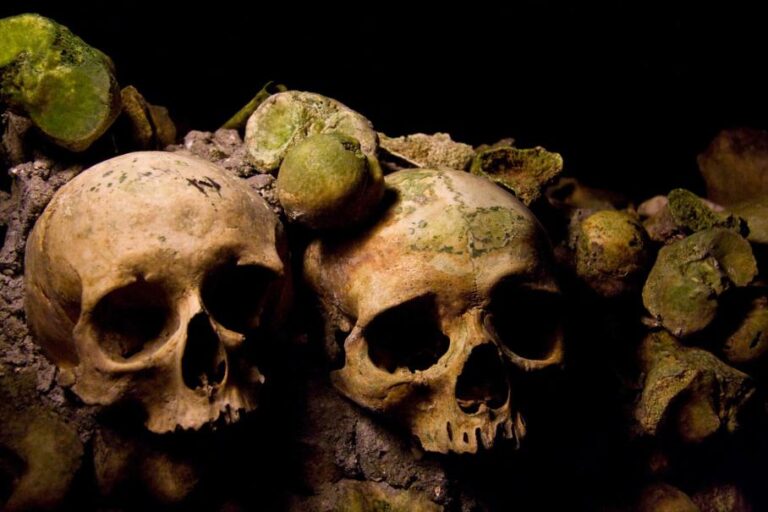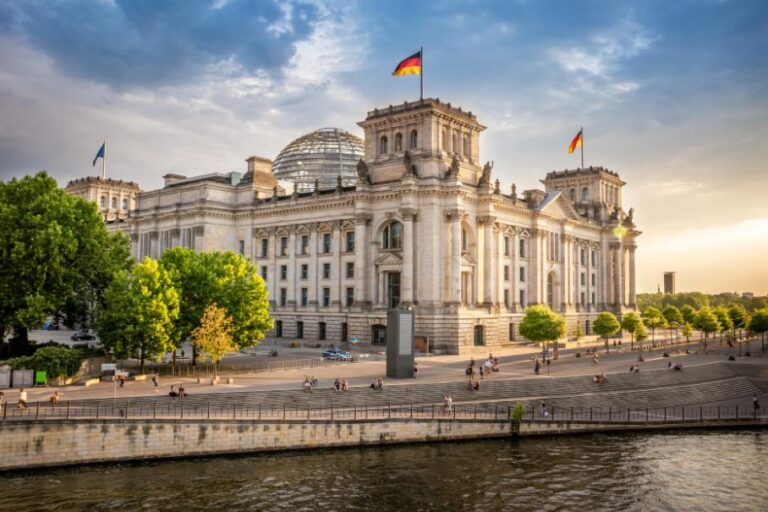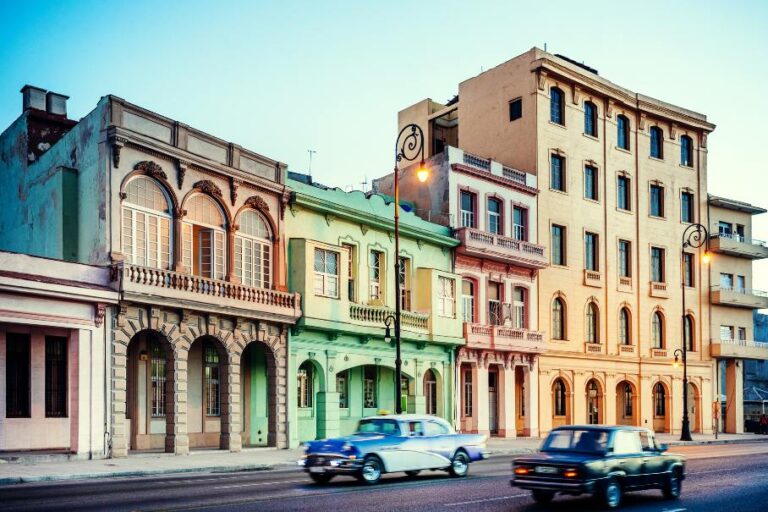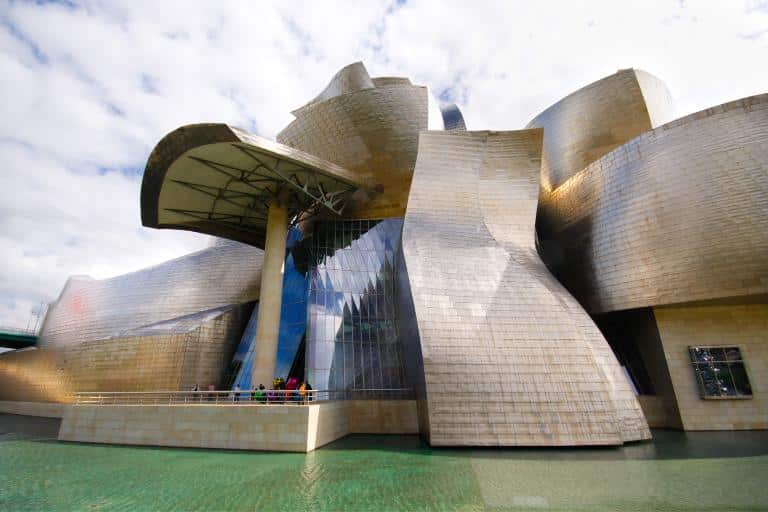Discover Rundale Palace Museum: Latvia’s Charming Versailles
Latvia is a fascinating country with a long history and loads of charm. It’s also a great destination for culture lovers and history buffs looking for a unique destination. If that’s you, Rundale Palace Museum should be at the top of your list of day trips from Riga. Trust me, you won’t be disappointed.
Known as the Versailles of Latvia, Rundale Palace (Rundāles Pils in Latvian) offers a glimpse into the grandeur of Baroque and Rococo art, history and design. Whether you’re a history buff, an art enthusiast, or simply in love with breathtaking palaces, Rundale Palace is a must-visit. I was blown away right from the start and Rundale has become one of my favourite palaces in Europe.
Rundale Palace overview
Rundale Palace was built between 1736 and 1740 as a summer home for Ernst Johann Biron, the Duke of Courland. Rundale is one of Latvia’s grandest palaces, and it was designed by Italian architect Francesco Bartolomeo Rastrelli, who also designed the Winter Palace in Russia. The palace’s soft yellow facade creates a striking contrast against the vast plains surrounding it.
The duke was a favourite of Empress Anna of Russia, who helped him gain power in the Duchy of Courland. Although Biron’s time as duke was dramatic and included a 20-year exile in Siberia, his vision for Rundale Palace lived on. The palace was completed in 1786, incorporating the Baroque and Rococo styles popular in the 18th century.
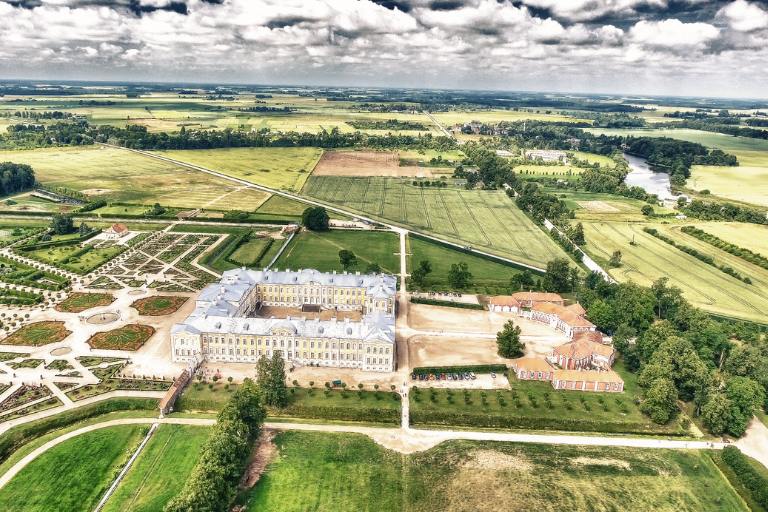
Inside, there are 138 rooms, including the fancy Golden Hall, the White Hall and the Duke’s private rooms. The decor is incredible, with detailed stucco designs by Johann Michael Graff and stunning ceiling paintings by artists Francesco Martini and Carlo Zucchi. Everywhere you look, you’ll be amazed by something.
Rundale Palace and the Dutchy of Courland
When you visit the Rundale Palace Museum, you explore 40 fully restored beautiful rooms, each telling a story about the palace’s glorious past. You’ll see amazing 18th-century furniture, art collections, and designs that show off the Baroque and Rococo styles. Opt for a guided tour to learn cool facts about the people who lived there, like Duke Biron and his connection to Russian royalty.
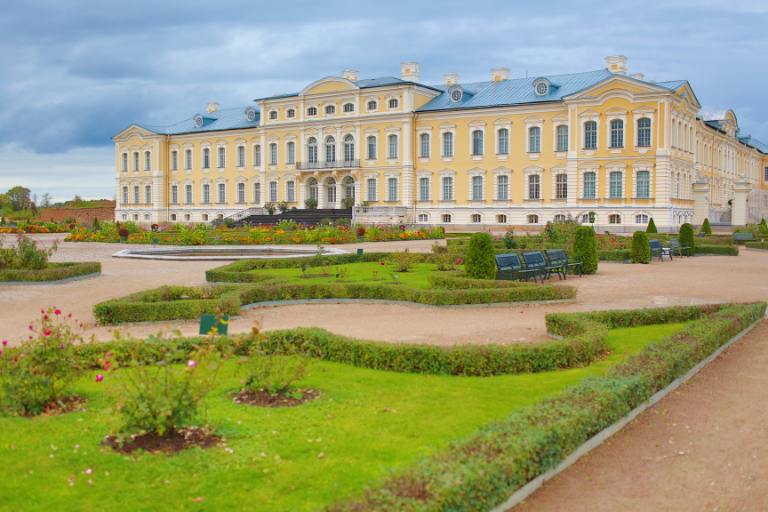
As the palace is now a museum, you can also learn about the history of the Duchy of Courland, which was once a powerful state in Europe. Also known as the Duchy of Courland and Semigallia, it was established in 1561 after the German order of Livonian Knights was dissolved. Gotthard Kettler, the last Master of the Livonian Order, became the first Duke of Courland. Other members of the Livonian Order formed the Duchy’s nobility.
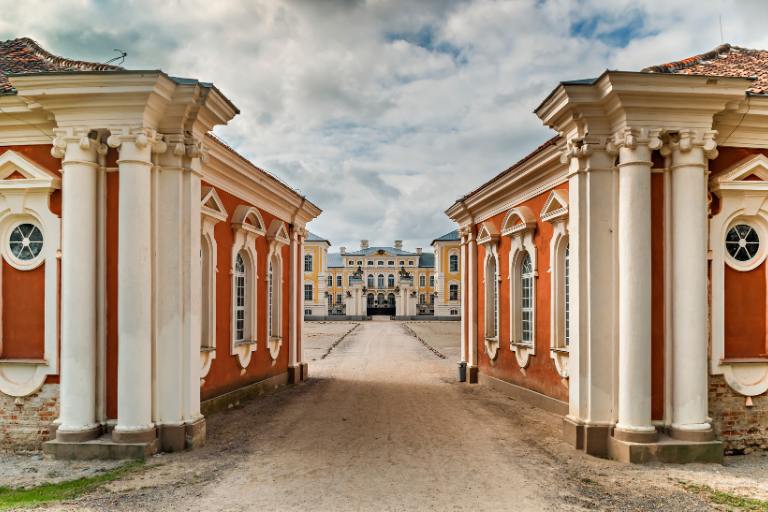
Over the years, the Duchy grew in power, gaining prosperity from shipbuilding and establishing territories in Africa and the West Indies. As it was fashionable during that time, contesting lands was a sport among the royals of the day. For a time, Courland was a vassal state of the Polish king, then came under German and Prussian control before eventually falling under the rule of the Russian tsar and becoming part of the Russian Empire.
Restoration efforts
After Russia absorbed the Duchy of Courland, Rundale Palace was owned by several Russian nobles, including the Zubov and Shuvalov families. The palace was transformed into a hospital during Napoleon’s invasions before being repurposed as a school. During World War I, the Germans converted it into a hospital. The palace sustained severe damage during the 1919 Latvian War of Independence. The damage and neglect continued during the Soviet occupation after World War II.
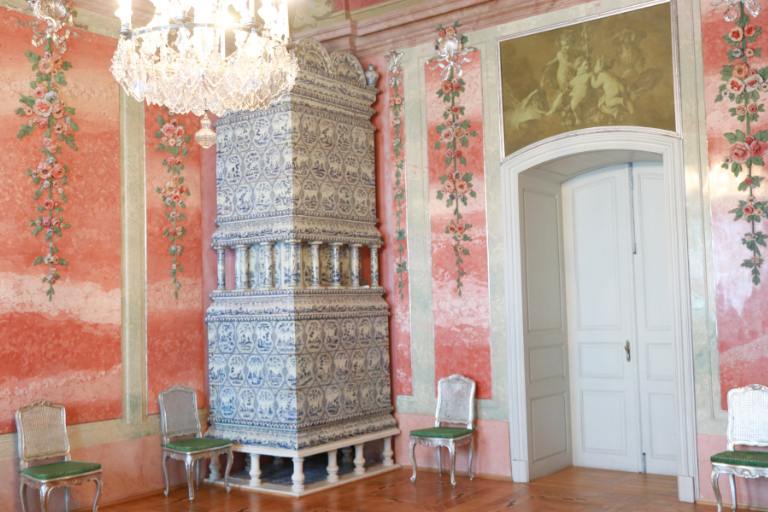
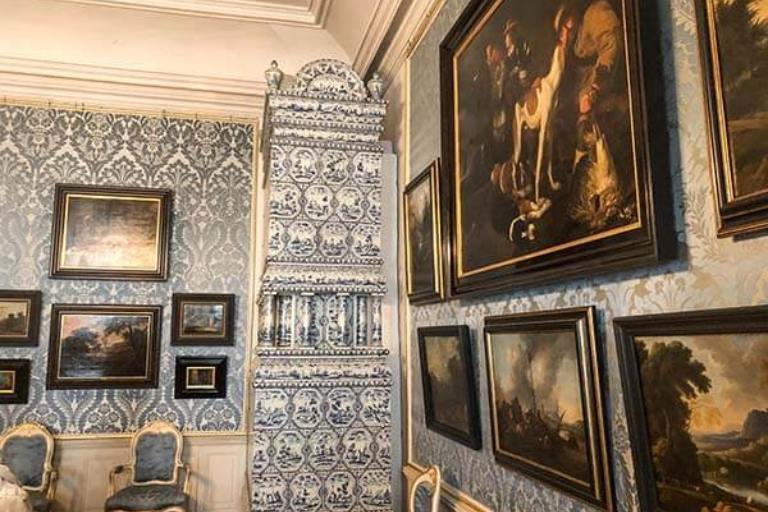
After years of neglect and damage, Rundale Palace was eventually restored to its former glory in the 1970s, thanks to the joint efforts of the Latvian government and the local community. It took extensive renovations costing over €8 million. The palace complex finally opened its doors to the public in 2015, 43 years after the restoration project began.
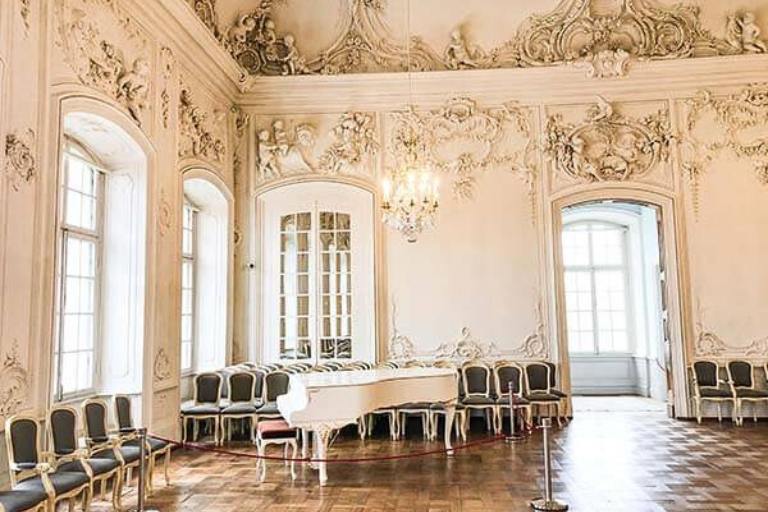
The comparison to Versailles is not unwarranted as Rundale Palace boasts magnificent French gardens and a surrounding forest, although on a smaller scale. With 16 buildings and approximately 210 acres (85 hectares) of land, the palace is definitely comparable. Looking at it today, it’s hard to imagine this stunning place used as a hospital, school, or grain storage facility.
Exploring Rundale Palace Museum
The Rundale Palace ensemble consists of the central building, the east wing, and the west wing. Each section of the palace has its unique charm and historical significance. As you stroll from one room to the other, you can imagine a world of a different time. You can imagine ladies and gents of the court strutting around in finery, gossiping and flirting behind their fans.
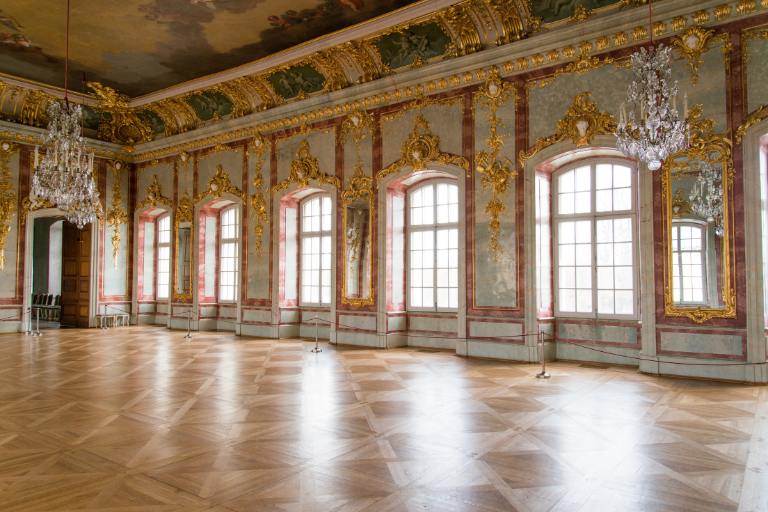
The central building houses the Golden Hall, the White Hall and the Duke’s suites. The east wing, also known as the eastern wing of the palace, contains the duchess’ suite rooms and other private suite rooms, providing a glimpse into the personal lives of the palace’s former residents.
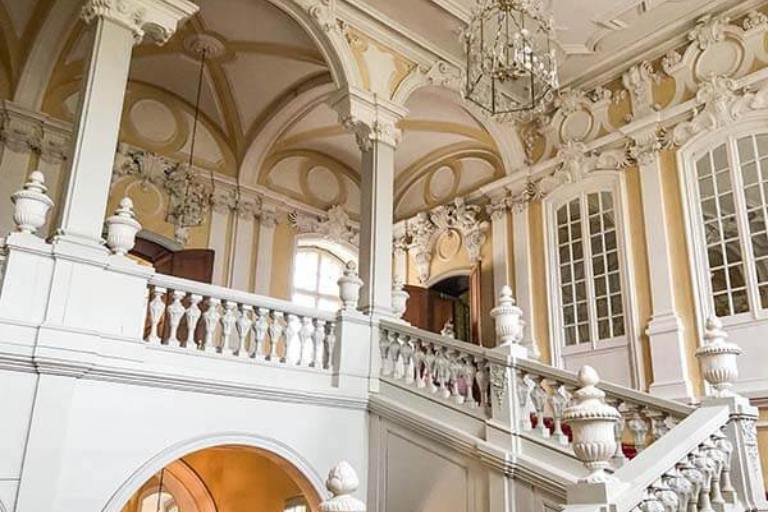
Rundale Palace Gardens
The French-style gardens, designed by Joachim Carvallo, are among the finest in the Baltic region. Spanning 10 hectares (25 acres), the gardens feature ornamental flowerbeds, a rose garden with hundreds of varieties, and a green theatre. Every summer, the palace hosts the Garden Festival, celebrating the beauty and history of these magnificent gardens.
Cultural events and exhibitions
Rundale Palace Museum is more than a historical site. It’s a cultural hub. The palace hosts classical music concerts, early music festivals, and rotating art exhibitions throughout the year. The permanent exhibition offers a look at fine art, historical artifacts and decorative works that bring the palace’s history to life. There are also special guided tours with costumed interpreters, which I had a chance to experience and totally recommend. They add a playful yet informative touch to your experience, plus you get to see what the people who lived here once wore.
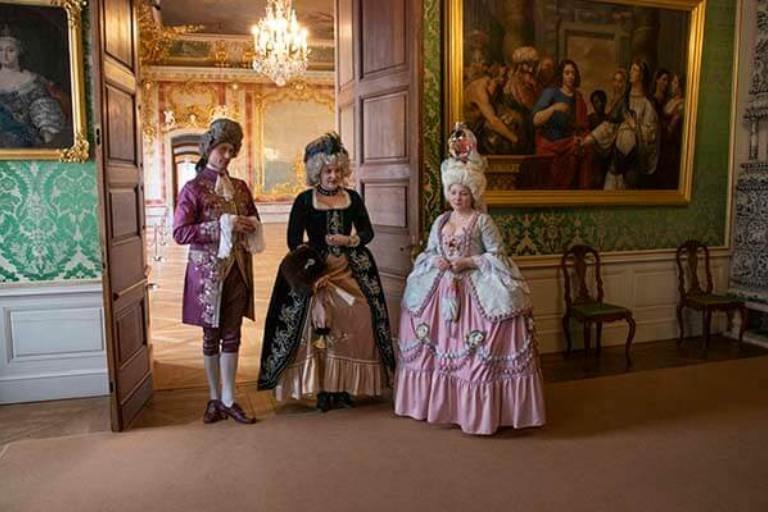
Practical tips for visiting
The Rundale Palace and gardens are open all year round. You can easily get here from Riga by bus or car. The palace is located in the countryside, and parking is easily accessible.
| Location | Hours |
|---|---|
| Palace | 10:00 a.m. – 6:00 p.m. |
| French Gardens | 10:00 a.m. – 7:00 p.m. |
How to get here
From Riga, you can drive via Bauska (67 km along Road A7, then 12 km along P103) or via Jelgava (47 km along Road A8, then 43 km along P103). Public transport options include buses from Riga to Bauska, followed by local connections to Rundale.
Pro tip: Can’t get there? You can explore Rundale Palace with a virtual tour!
Admission tickets and prices
| Ticket Type | Palace Only | Gardens Only | Combined Ticket |
| Adults | €12.00 | €6.00 | €17.00 |
| Full-time Students | €8.50 | €3.00 | €10.50 |
| Children | €3.50 | €3.00 | €5.50 |
| Family (1 adult + 2 children) | €15.00 | €10.00 | €24.00 |
| Family (2 adults + 2 children) | €25.00 | €14.00 | €38.00 |
Why visit Rundale Palace Museum?
Rundale Palace Museum is a testament to Latvia’s rich cultural heritage and architectural brilliance. The palace offers an unforgettable journey through time, from its grand staterooms to its meticulously designed gardens. Whether you’re drawn to its fascinating history, artistic treasures, or serene landscapes, the Rundale Palace Museum promises a captivating experience that rivals Europe’s most famous palaces. Plan your visit today and discover why this Latvian gem is a must-see.
My excursion to Rundale Palace was part of the Women in Travel Summit (@witsriga) press trip and was hosted by the Latvian Tourism Board (@enjoylatvia). The views and opinions are my own.

